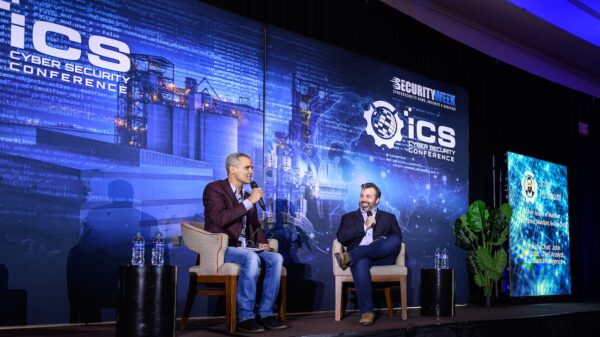Siemens has informed customers that several of the company’s industrial solutions are plagued by a severe vulnerability in glibc, a library used in many software and hardware products.
The vulnerability is a stack-based buffer overflow tracked as CVE-2015-7547. The issue was first reported in July 2015 by Robert Holiday of Ciena, and its impact was assessed by Florian Weimer and Carlos O’Donell of Red Hat. Google independently discovered the issue and contributed to the development of a patch and proof-of-concept (PoC) code.
The flaw can be exploited for remote code execution via a man-in-the-middle (MitM) attack, and via attacker-controlled domain names or DNS servers.
A patch for the vulnerability was released in mid-February and, soon after, vendors whose products were found to be affected started releasing fixes and mitigations.
Siemens says the vulnerability impacts several of its industrial products, including the ROX II rugged operating system (versions 2.3.0 – 2.9.0), the RUGGEDCOM APE utility-grade computing platform, the SINEMA Remote Connect management platform, SCALANCE M-800 / S615 modules, and Basic RT version 13.
An attacker can exploit the glibc flaw to cause a denial-of-service (DoS) condition and, in some cases, execute arbitrary code on affected products.
Siemens has released updates that address the vulnerability for ROX II and APE. Until patches become available for the other affected products, the company advises customers to apply a series of mitigations, including disabling the use of DNS, using only trusted DNS servers, or limiting the size of DNS responses to 512 bytes for UDP messages and 1024 bytes for TCP messages on the network border.
Related: Learn More at the ICS Cyber Security Conference
The German engineering company also informed customers last week that ROX and several SCALANCE X switches are affected by the vulnerability dubbed “DROWN” (Decrypting RSA with Obsolete and Weakened eNcryption), which could allow malicious actors to decrypt SSL/TLS sessions.
In a separate advisory, Siemens revealed that SCALANCE S firewalls are plagued by a flaw (CVE-2016-3963) that allows remote, unauthenticated attackers to cause the web server to enter a DoS condition.
Related: VMware Products Affected by Critical glibc Flaw
Related: Siemens SIMATIC Controllers Vulnerable to DoS Attacks
















